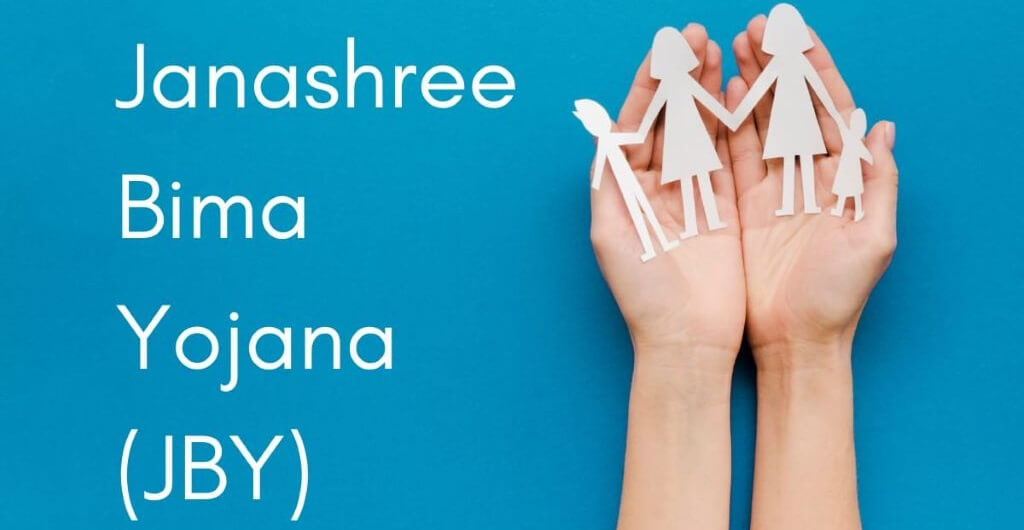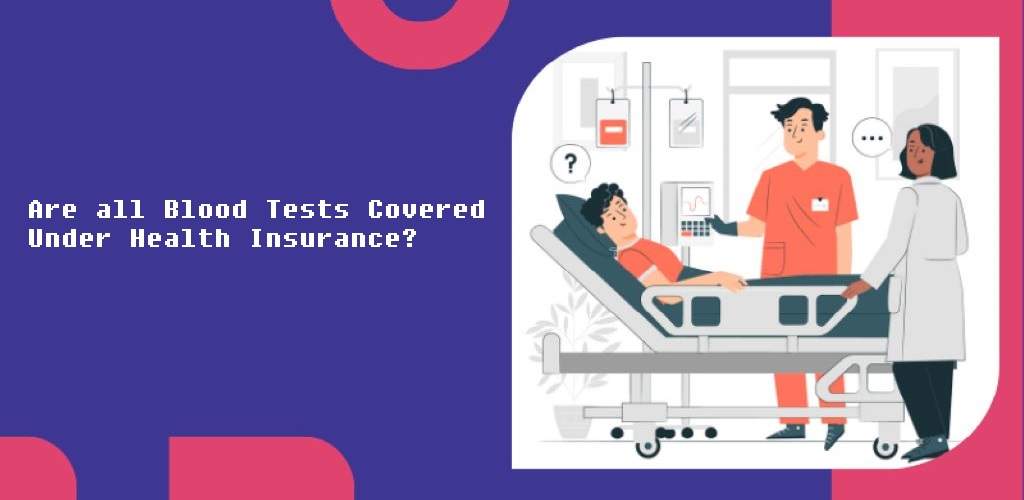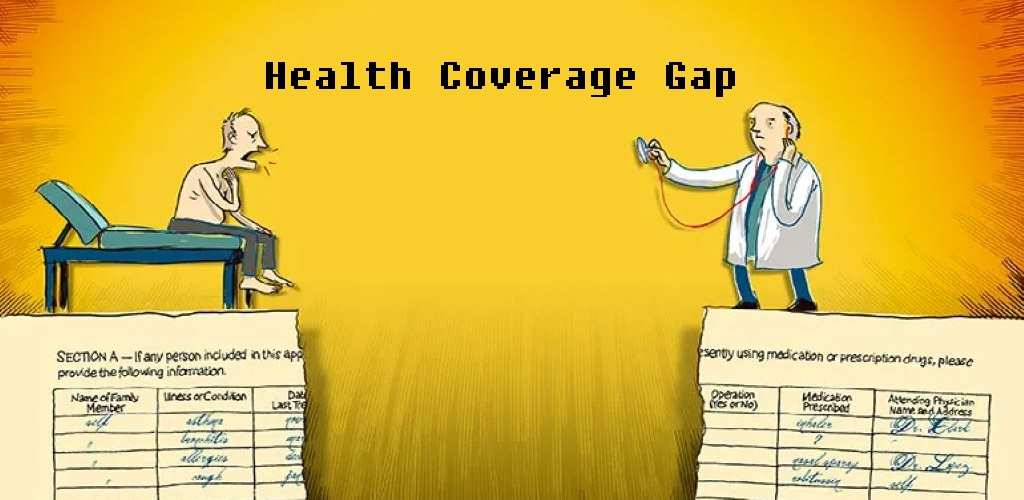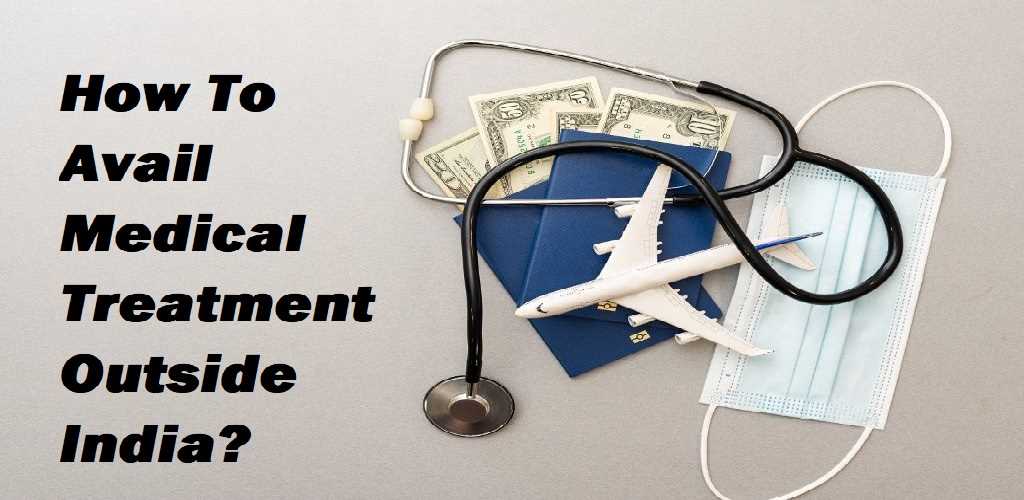There is no doubt in the fact that quality medical services hold paramount importance in everyone’s lives. However, there are a lot of people in the country who lack social and financial networks to receive quality medical services.
According to the World Bank’s estimation, 34% of Indians fall into the ‘worker’ group according to the nature of their jobs. Because their primary source of income is daily pay, many workers in this category live below the poverty line (BPL). This makes it difficult for them to pay for even basic needs as well as special needs, such as skills training, children’s education, and more.
To combat this challenge, the government has introduced the Janashree Bima Yojana scheme that lays special emphasis on people living in poverty. In this post, we will discuss the definition, eligibility, features, benefits, and various other aspects of the scheme that one should know before applying for it.
What Is Janashree Bima Yojana?
The Janashree Bima Yojana was launched by both the central government and Life Insurance Corporation on August 10th, 2000. This government-sponsored insurance program was created to provide life insurance protection to urban and rural residents who are at or below the established poverty limit.
With the introduction and implementation of the scheme, the Social Security Group Insurance Scheme (SSGIS) and Rural Group Life Insurance Scheme (RGLIS) have been replaced. There are 45 occupational groups now covered by this scheme.
Who Are Eligible For Janashree Bima Yojana?
The following requirements must be met in order for the Janashree Bima Yojana policy to be available to the applicant:
- Individuals must be between the ages of 18 and 59.
- They should belong to one of the permitted occupational or vocational groups as determined by the nodal agency.
- They should be just above or below the poverty level.
- The suggested minimum membership size is 25.
Salient Features Of Janashree Bima Yojana
The Janashree Bima Yojana Scheme’s special features are discussed below.
- The scheme has a low premium of Rs. 200 per member because it is intended for people who are just above and below the poverty line.
- About half of the premium is paid by the applicant, the state government, or a nodal organization. The remaining 50% is paid by the Social Security Fund.
- Additionally, there is a provision for children whose parents are JBY participants. Every six months, two children per household enrolled in grades 11 or 12 are eligible for a scholarship worth Rs. 600.
- The female self-help group participants are given a special service as part of this insurance plan. It provides them with Rs. 30,000 for a year to help with their children’s education.
Benefits Offered By The Janashree Bima Yojana
Following are some of the benefits offered by the scheme to its beneficiaries:
General Benefits:
- Workers’ legal heirs will receive Rs. 30,000 in the event of natural death and Rs. 75,000 in the event of an accident.
- In the event of an accident-related permanent total disability, the employee will receive Rs. 75,000.
- If a member loses both of their eyes, hands, or legs or one eye and one limb in an accident he/she will be paid Rs. 75,000.
- The member would receive Rs. 37,500 if they lose one eye or one leg due to an accident.
- The scheme also offers funeral assistance of Rs. 2000 to the legal heir of the registered domestic worker.
- The Sanman Dhan Yojana under the scheme gives Rs. 10,000 to the registered domestic workers who have completed 55 years of age on 01.08.2013.
Special Benefits:
- The plan offers a special benefit to the female participants. The patient is entitled to a treatment charge of Rs. 20,000 after being diagnosed with invasive malignancies (malignant tumours) in the breast, cervix uteri, ovaries, fallopian tubes, vulva, and vagina.
- The scheme also offers maternity benefits of Rs. 5000 to the registered domestic worker. The benefit is applicable for up to 2 deliveries.
Groups Covered Under Janashree Bima Yojana
JBY covers the following 45 groups, which are considered to be at or below the poverty level or just over it:
- Anganwadi workers and helpers
- Beedi worker
- Textile
- Tendu leaf collectors
- Forest workers
- Agriculturists
- Brick kiln workers
- Plantation workers
- Physically handicapped self-employed persons
- Carpenters
- Papad workers attached to SEWA
- Earthen toy manufacturers
- Coconut processors
- Printing press workers
- Rural poor
- Scheme for urban poor
- Workers in rubber and coal-producing companies
- Fishermen
- Manufacturer of paper products
- Powerloom workers
- Workers in companies manufacturing chemical products like a candle
- Primary milk producers
- Construction workers
- Firecracker workers
- Safai karamcharis
- Cobblers
- Workers in salt-producing companies
- Workers in companies manufacturing food items, like khandsari/sugar
- Rickshaw pullers/auto drivers
- Handloom weavers
- Hilly area women
- Handloom and khadi weavers
- Toddy tappers
- Handicraft artisans
- Hamals
- Sericulture
- Sheep breeders
- Leather tannery workers
- Transport karamcharis
- Workers involved in the manufacture of food products
- Women associated with SHG
- Transport drivers’ association members
- Kotwal
- Workers involved in the manufacture of leather products
- Lady tailors
How Much Premium One Needs To Pay For The Janashree Bima Yojana?
As already discussed above, each member must pay a subscription fee of Rs. 200. Members of State Governments and Nodal Agencies shall cover 50% of the premium. The remaining 50% of the premium will be covered by the Social Security Fund. Nodal Agencies include institutions like Self Help Groups (SHGs), NGOs, Panchayats, and other types of institutional structures.
Special Schemes/Concessions Under Janashree Bima Yojana
Aside from insurance coverage, the JBY scheme also provides some distinct concessions. These are as follows:
- Women SHG (Self-Help Groups)
This program offers its female participants a wide range of advantages. It helps them educate their children. There is a term insurance policy with a 30,000-rupee coverage limit, which is provided for the entire year. The beneficiaries will need to pay a 200-rupee annual premium. The lady member also contributes Rs. 100, with the remaining Rs. 100 being covered by LIC.
- Shiksha Sahayog Yojana Benefits
Only selected children are covered by this plan. Their parents must be JBY members. Students in classes 11 and 12 receive a stipend of Rs. 600 every six months. Only two children from each home are eligible for this scholarship. If a student fails and is detained in the same standard, they will not be eligible for a scholarship for the next year in that standard.
How To Apply For Janashree Bima Yojana?
One can submit an application through their affiliated self-help or nodal organization. Applications may also be submitted through any LIC office.
Important Points To Note Related To The Scheme
In addition to the information presented above on the Janashree Bima Yojana (JBY), there are a few crucial points that one should pay attention to. They are as listed below:
- One must be as well-informed as possible before enrolling in the program to avoid confusion or complications later on regarding things like the program’s benefits, eligibility requirements, the person enrolling’s specific obligations to the program, etc.
- It is important to ensure that the claim forms are correctly filled. One must attempt to comprehend what documents they must present, and what does not in order to support these forms.
- The duty of confirming the legitimacy of your bank account will be held by a nodal agency. Upon authentication, the nodal agency will stamp the form with the LIC member ID and policy number. They will then forward it to the LIC’s claim processing department.
- One must make sure that all pertinent claims are forwarded within six months of the date those specific claims first surfaced in order to receive acceptance from LIC.
Frequently Asked Questions
No, it provides financial aid even in the event that an accident results in permanent or partial disability. Therefore, the plan does not just cover a person’s death.
Yes, in order to increase participation, this program is GST-exempt as part of the government’s efforts.
The JBY scheme has a one-year duration.
Workers in rural and urban areas who are in or close to poverty make up the most vulnerable segment of society. Therefore, government-sponsored schemes like JBY provide a number of benefits that make them a desirable option.
People who live in poverty require financial assistance to pay for everyday expenditures, which is challenging to arrange in the case that the family’s single provider is suddenly killed or seriously injured. Workers in both urban and rural locations must thus apply for this scheme.








